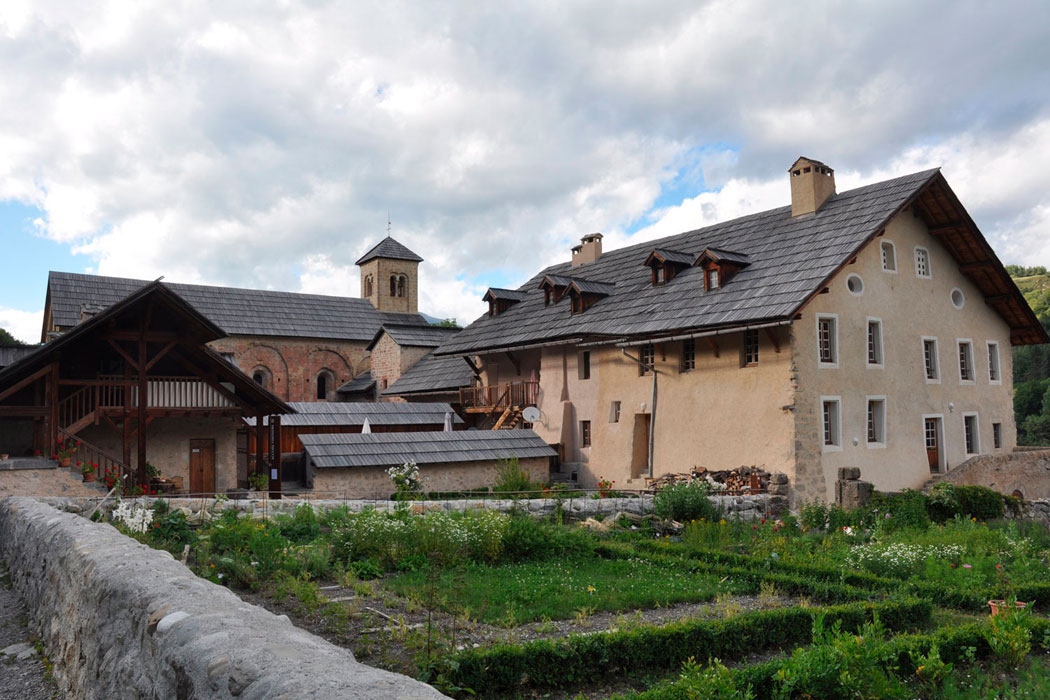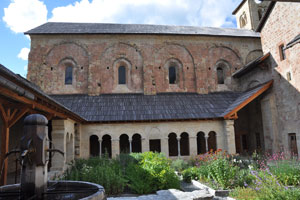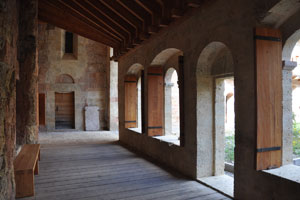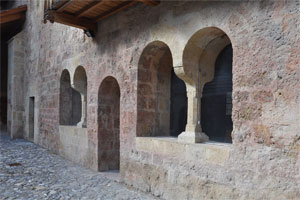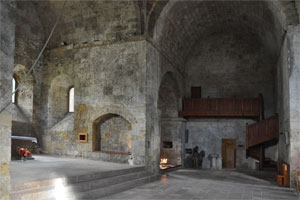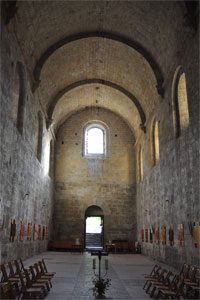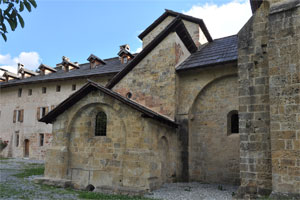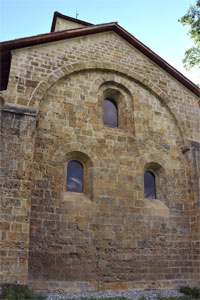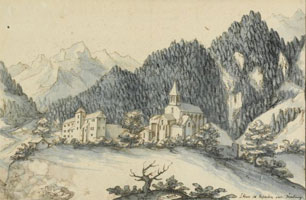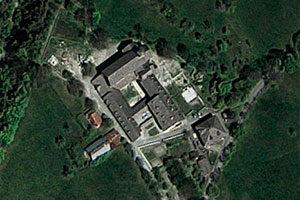In 1130, Guillaume de Montmirail donated the lands of Boscodon to a hermitic community that settled there with the support of the Bishop of Embrun. Around 1140, thanks to the favourable development of the establishment, the bishop decided to reorganize it and brought monks from the Abbey of Chalais (Isère), making it the first house associated with that site, which would eventually form the Order of Chalais, with a structure similar to that of the Cistercians.
In 1142, Guillaume de Montmirail made another donation to the community to assist with its maintenance. Under the abbacy of Guigo de Revel, a former monk of Chalais, the new house was definitively strengthened, both in terms of construction and organization. During this period, it obtained papal protection. Furthermore, Boscodon expanded by founding other houses in Laverq (c. 1135), Prads (c. 1150), Valserres, Lure (Alpes-de-Haute-Provence, 1160), and Pierredon (1206). In 1303, the Abbey of Chalais was integrated into the Carthusian Order, and Boscodon briefly became the head of the order.
The various houses gradually came under the authority of other monastic orders, and in 1348, Boscodon itself came under the control of the Archdiocese of Embrun. The abbey suffered from the instability of the late 14th century and was sacked. In 1408, it became dependent on the Abbey of Sacra di San Michele (Piedmont), becoming a Benedictine house. It was also affected by unfortunate events, such as a flood around 1420. From 1516 onwards, Boscodon was governed by commendatory abbots, and this, along with the Wars of Religion, led to its decline.
In the 17th century, the monastery was restored and was able to continue its activities until its suppression in 1769, when the site and its assets were transferred to the Archdiocese of Embrun. The site was eventually sold during the Revolution and occupied by private owners. By the mid-20th century, it was in ruins. The abbey has been restored since 1974 and is once again occupied by a religious community that currently manages it.
- ALBERT, Antoine (1783). Histoire géographique, naturelle, ecclésiastique et civile du diocèse d'Embrun. Vol. 2
- BESSE, J.-M. (1909). Abbayes et prieurés de l'ancienne France. Vol. 2: Provinces ecclésiastiques d’Aix, d’Arles, Avignon et Embrun. Abbaye de Ligugé
- COTTINEAU, Laurent-Henri (1936). Répertoire topo-bibliographique des abbayes et prieurés. Vol. 1. Mâcon: Protat
- GAY, Christian; i altres (2012). L’Abbaye de Boscodon (1132-2012). Crots: Abbaye de Boscodon
- PILOT DE THOREY, Emmanuel (1873). Abbaye de Notre Dame de Boscodon, près Embrun. Grenoble: Drevet
- ROMAN, J.-Ch. (1922). La fin de l’abbaye de Boscodon (1766-1779). Revue Mabillon, núm. 45
- SAINT-MAUR, Congregació de (1725). Gallia Christiana in provincias ecclesiasticas distributa. Vol. 3. París: Typographia Regia
- TERREL, Marc; i altres (1980). Abbayes soeurs de l’ordre de Chalais. Zodiaque
- THIRION, Jacques (1980). Alpes romanes. La Pierre-qui-Vire: Zodiaque
